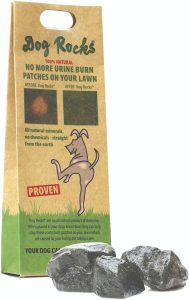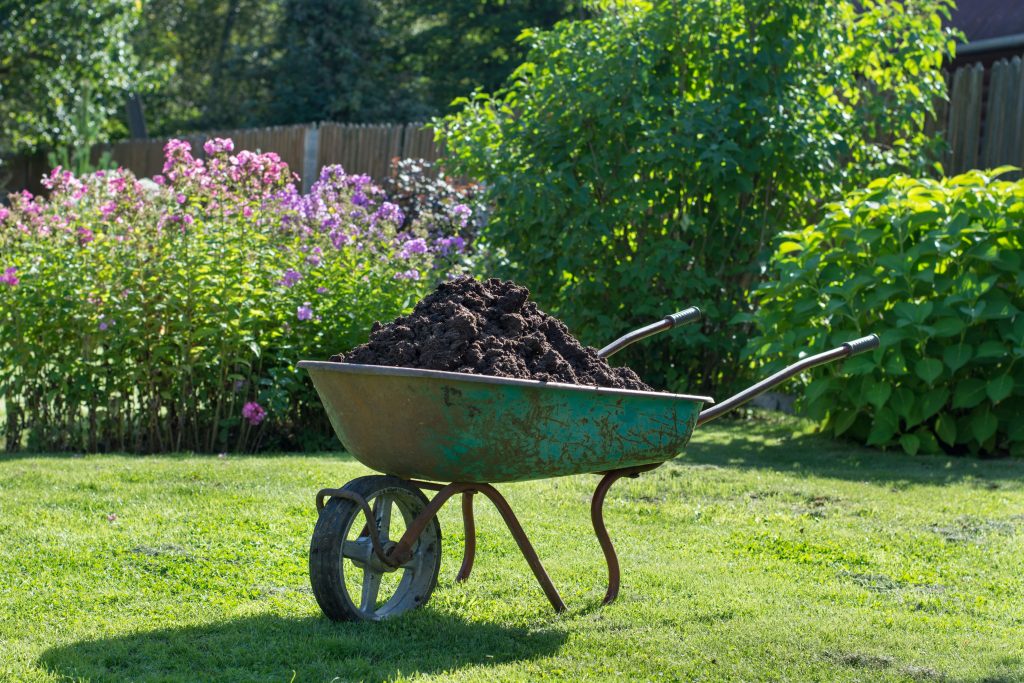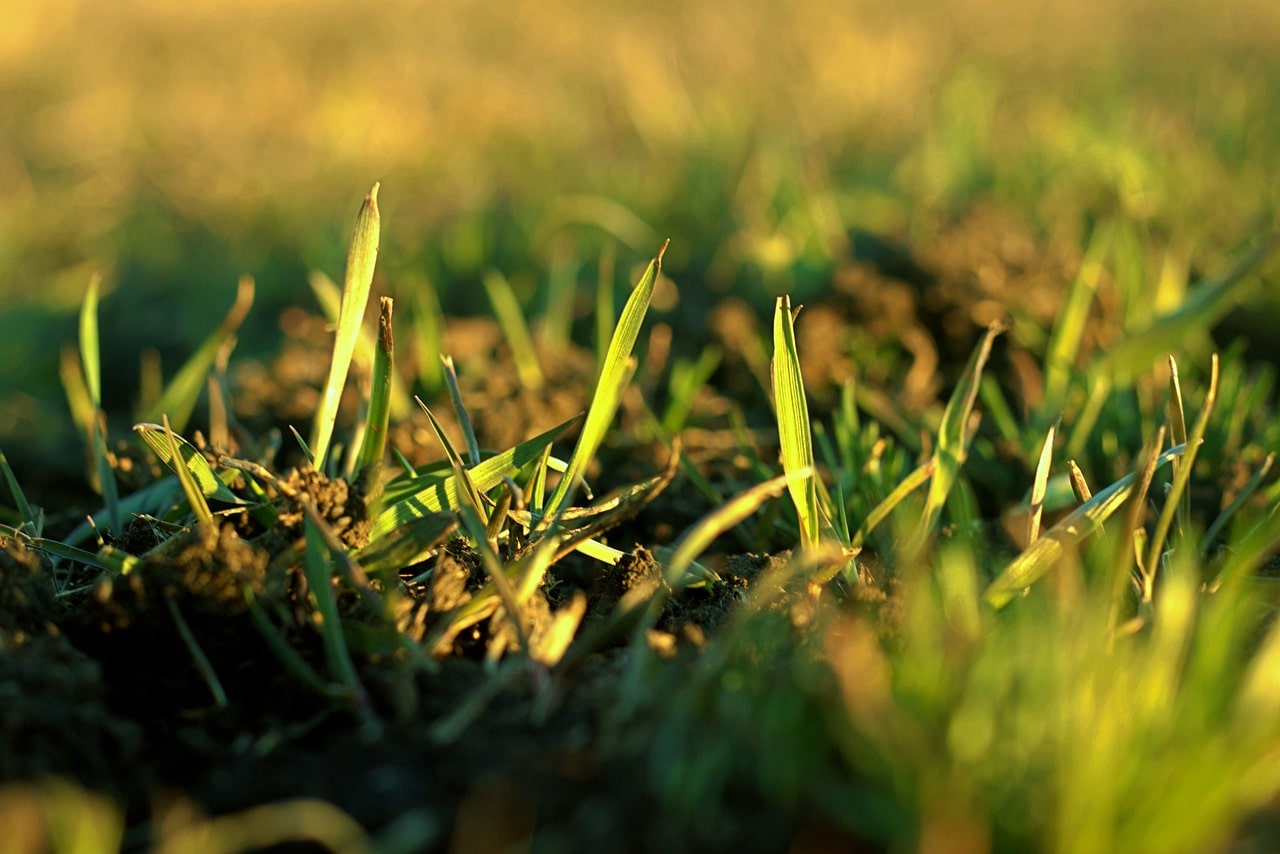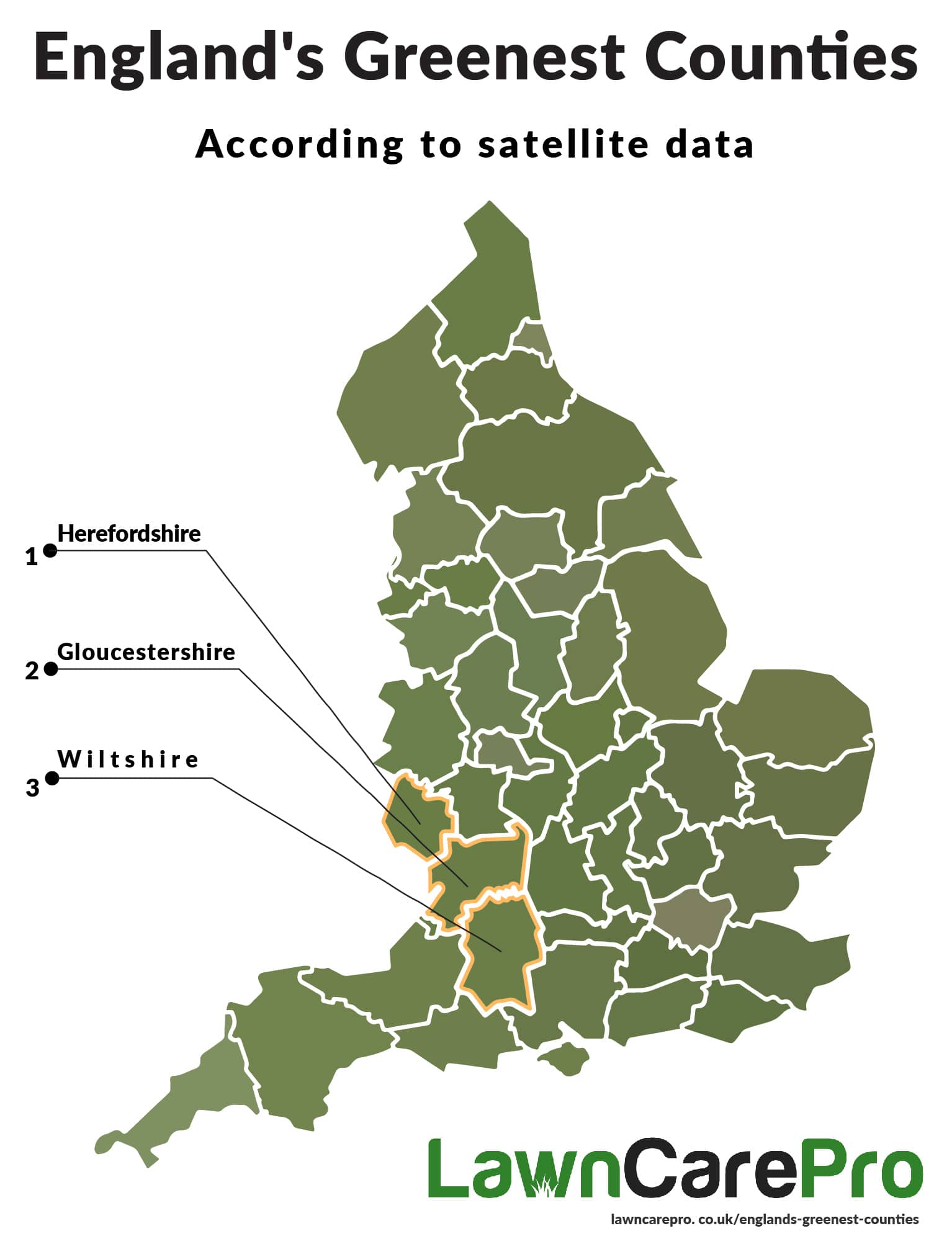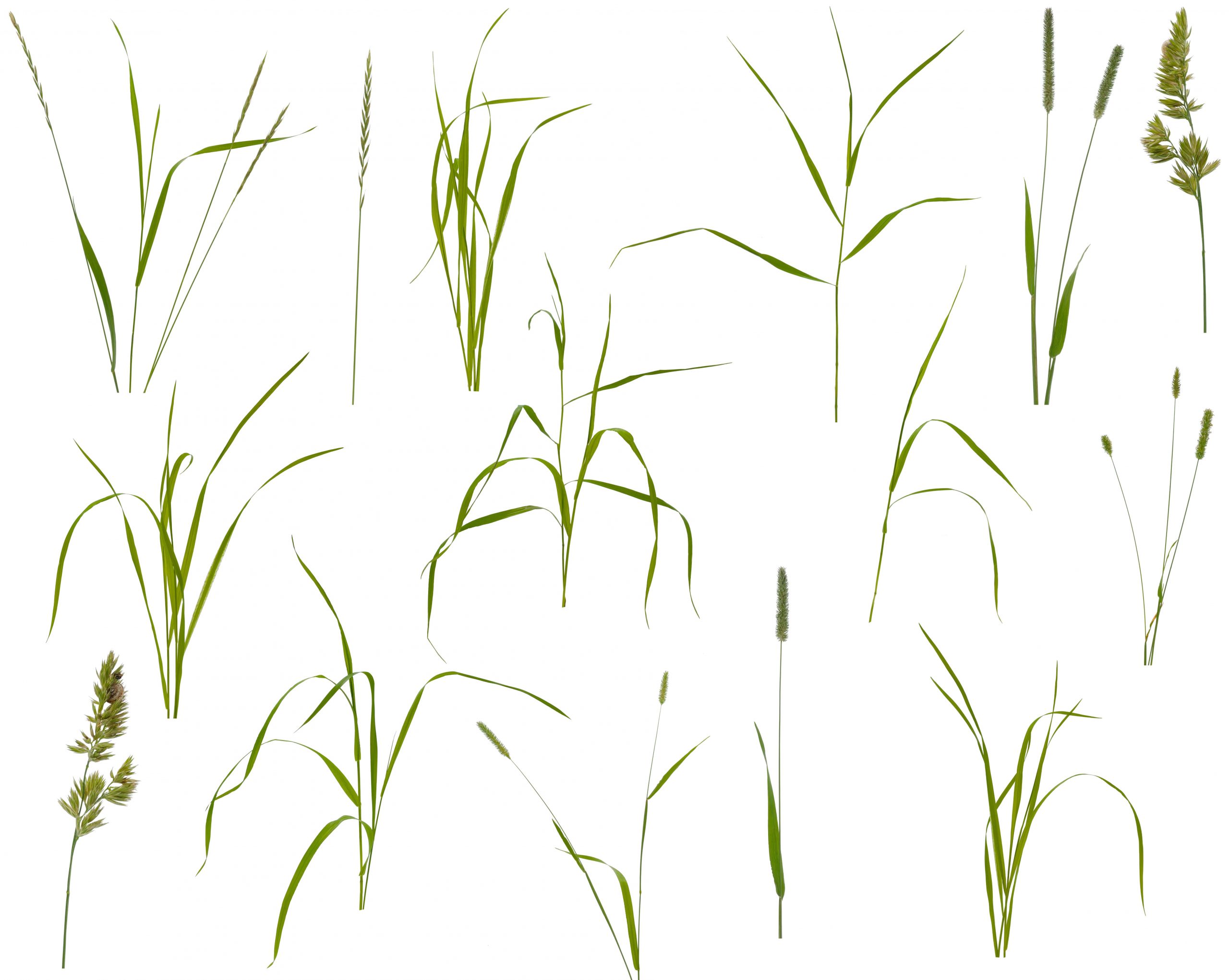If your grass is turning yellow and beginning to die, you might be wondering why this is happening, and what you can do to fix it.
In this guide, we’ve explained why grass sometimes turns yellow, and what this means.
We’ve also explained how to fix grass that has turned yellow, and make it green and lush again.
Why is my grass turning yellow
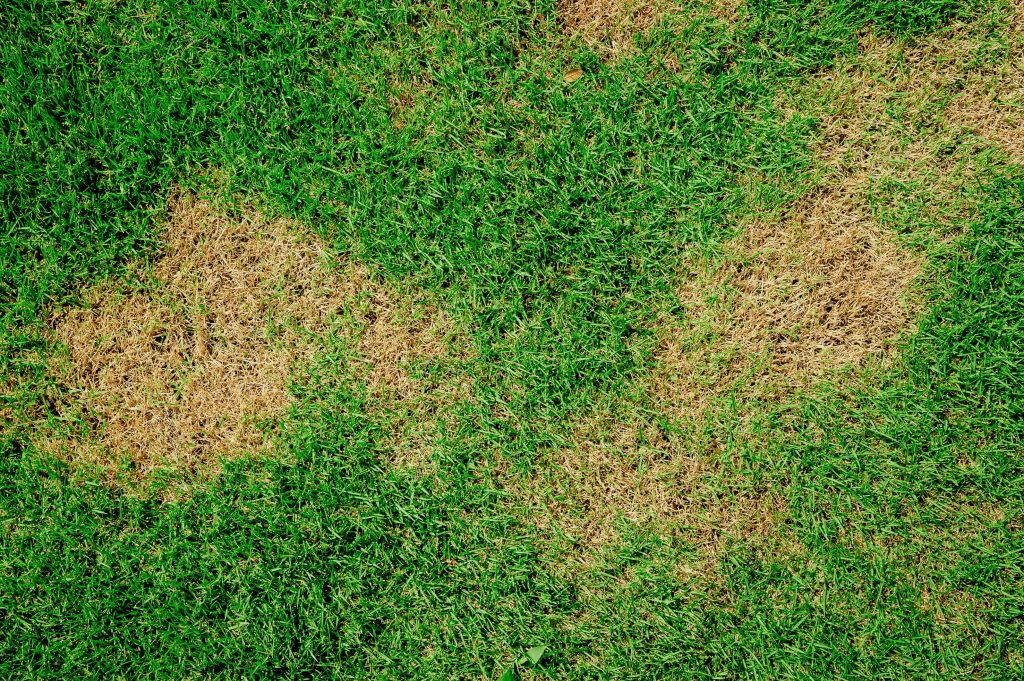
There are a number of possible reasons why your grass might be turning yellow in places.
Overwatering or poor drainage
If you water your lawn too much, the roots of your grass will be flooded. As a result, they will be starved of air and oxygen. This can cause the grass to die in places, turning the grass yellow.
Similar issues can be caused by heavy rain on lawns with poor drainage. If you have low spots on your lawn that are going yellow, this could be because water cannot drain away from the grass.
This is particularly likely to be a problem if you live in an area with clay soils, as these types of soils are prone to becoming compacted, hindering drainage.
Dog urine
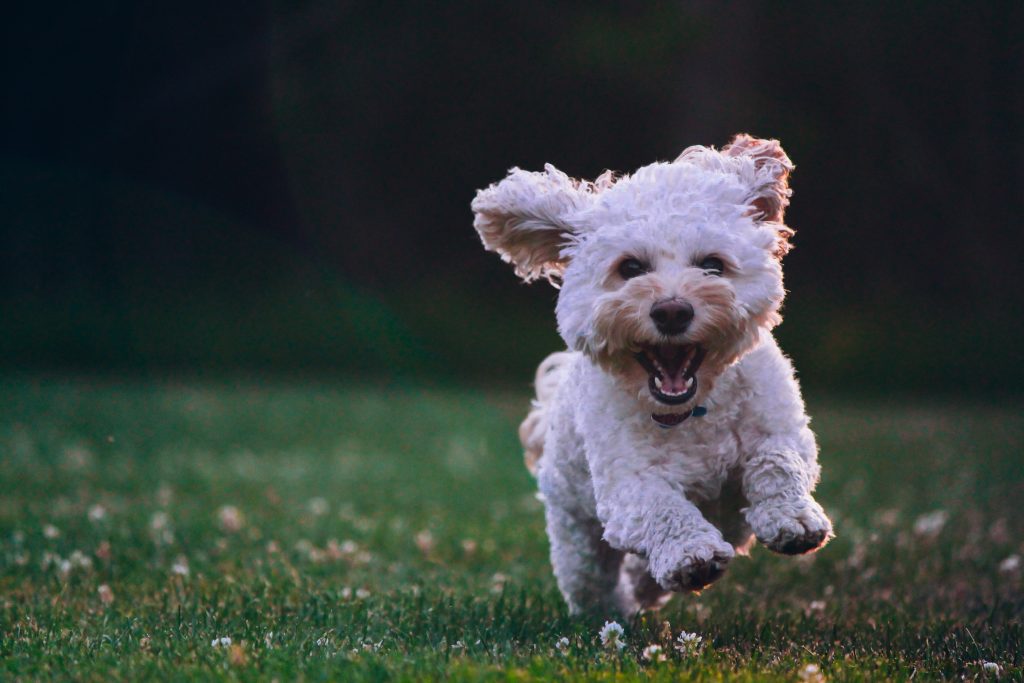
Dog urine is normally very high in nitrogen. When your dog wees on your lawn, this can cause yellow spots, due to the excess levels of nitrogen introduced to the grass.
When excess nitrogen is introduced to your lawn, it is very basic (rather than acidic), so it raises the pH level of the soil. This can make the soil unsuitable for grass growth.
Nitrates are normally considered to be good for your lawn, which is why fertilisers are designed to be high in nitrogen. However, dog urine can burn the lawn by overdosing it with too much nitrogen. This is particularly likely to occur if you already apply fertiliser to your lawn on a regular basis.
Adding too much or too little fertiliser
As we discussed above, if you add too much nitrogen to your lawn, whether through dog wee or fertiliser, this can cause it to turn yellow. Therefore, if you notice discolouration after adding fertiliser to your lawn, this could be the culprit.
However, it’s also possible for grass to go yellow if you don’t add enough fertiliser. In this case, the grass dies due to nutrient deficiency, especially a lack of nitrogen and iron.
It’s important to spread out fertiliser evenly, to avoid leaving yellow spots on your lawn over time. It could simply be that you’ve added too much fertiliser to a given area over time, which has led to a yellow area of grass.
Lawn diseases have taken hold

There are a number of lawn diseases that could be causing your grass to turn yellow in places.
- Rust disease: yellow/red patches appear on grass blades, caused by fungal growth.
- Summer patch: brown/yellow spots develop in hot weather when the soil has poor drainage.
- Dollar spot: results in small yellow patches appearing.
If you do have a lawn disease, it’s likely that you will notice other symptoms, as well as yellow patches. For example, you might notice white fungal spores, or areas of disease on the actual grass blades.
Your lawn mower needs its blade sharpening
When your lawn mower is brand new, and its blades are razor-sharp, they cut through the grass like a hot knife through butter. They provide a neat cut that is kind to the grass, and leaves it in a position to continue growing strongly.
However, when your lawn mower blades are dull, they rip through the grass blades, tearing them, rather than cutting. This can leave the grass blades jagged, and can damage your lawn. It can also make it more likely for lawn diseases to take hold.
If it’s been a while, it’s a good idea to sharpen your lawn mower blades, to ensure you’re cutting the grass well.
Also, even if your blades are brand new, it’s best to avoid mowing the grass when it’s wet, as this can also increase the likelihood of you damaging your grass when cutting it.
What it means when grass goes yellow
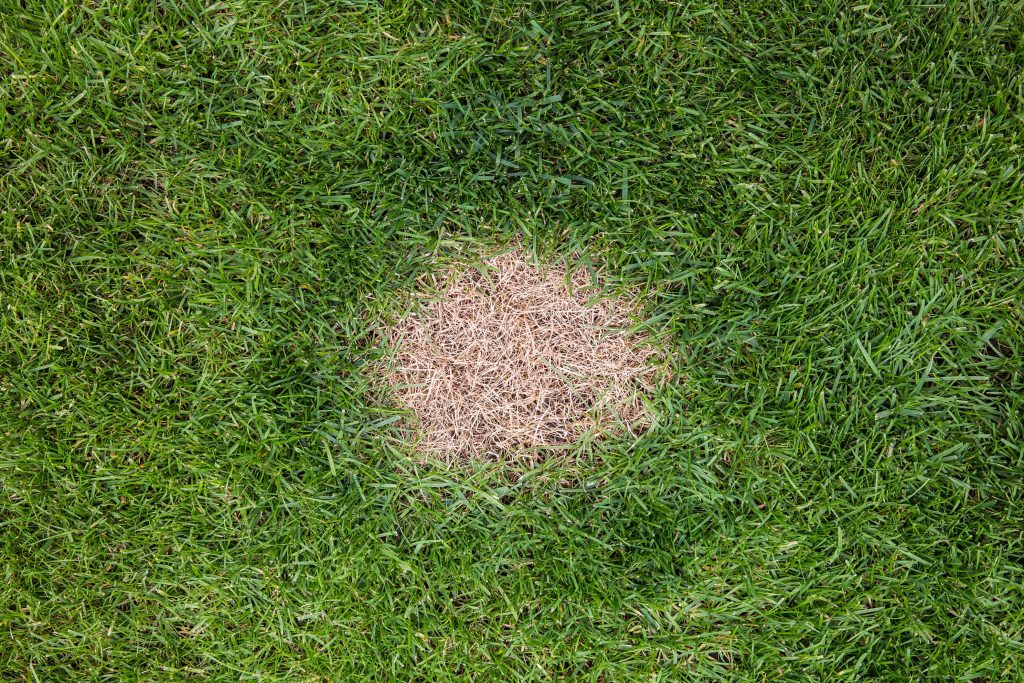
When grass turns yellow, this means that it is dying. It means that either:
- The grass is receiving too much or too little water.
- There is a nutrient deficiency in the soil, or the pH is too high/low.
- The grass itself has been damaged, such as through being cut with dull blades, or being walked on too much. This is why grass goes yellow when you leave large objects on it for extended periods (other than the fact that large objects will block water and light from reaching the grass).
How to fix yellow grass and make it green again
Depending on what has caused your lawn to turn yellow in the first place, there are a number of things you can do to fix the problem, and make the grass turn green again.
The first step is to fix the issue that has caused the lawn to turn yellow in the first place. For example:
- If the problem was caused by a heavy-handed fertiliser application, change to an organic fertiliser, and avoid adding too much of it.
- If your dog is causing yellow patches, consider adding dog rocks to their water bowl, to prevent their urine from doing damage to your lawn. These products filter nitrogen from drinking water, reducing the effect that dog urine has on your grass.
- If you have a drainage issue, consider aerating the lawn, or even installing a drain. Avoid overwatering the lawn, and if puddles are forming, consider siphoning off excess water if you can to prevent the roots from drowning. In the long run, you might like to do some landscaping to help the water flow away from your lawn more easily.
- If you have a diseased lawn, you should treat the issue thoroughly, depending on the type of disease that is in place. These types of diseases are also often caused by drainage issues, especially fungal growth.
Then, you can begin to fix the actual yellow patches.
- For small yellow patches, we recommend re-seeding them. To do this, dig out the dead areas, using a sharp-edged shovel, being careful to leave the topsoil in place (a half-moon edger is also a useful tool to use). Then, spread lawn seeds on the bare area, and water the ground thoroughly. Put a border around the area to keep kids and animals away, and keep watering it every day until the grass begins to grow.
- For large yellow patches, you can lay sod down to make the process more efficient. Cut out a large, square-shaped area of dead grass, leaving the topsoil in place. Then, lay down your sod, cutting it to shape. Water it thoroughly, and keep foot traffic off the newly-laid turf. Keep watering it daily, apply organic fertiliser, and only mow the lawn once you’ve tried pulling on the grass blades and the sod doesn’t rise from the ground.
Most of the time, it’s very difficult to turn yellow grass green again, unless it’s only just beginning to turn yellow, and has not started dying. You’re typically better off reseeding the affected area, in most cases.
Conclusion
This is the end of our guide explaining what causes yellow grass, and how you can fix this issue.
Still unsure how to make your grass green again? Leave a comment below, and we’ll respond as soon as we can.

I’m Josh, and I’m the head writer at Lawn Care Pro.
I love everything lawns, but I’m a bit of a lawn mower nerd. I spend a lot of my free time tinkering with mowers, and planning my mowing schedule for the next few weeks.
I’m also into cars, which comes in very helpful when servicing a mower engine!

